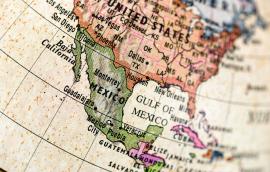Blue Marble Health and “The Big Three Diseases”: HIV/AIDS, Tuberculosis, and Malaria
“Blue marble health” was introduced in 2013 as a policy framework to better understand new trends in the geographic distribution of the major neglected tropical diseases (NTDs)affecting human populations that live in extreme poverty. An analysis of information released by the World Health Organization reveals that the concepts of blue marble health extend beyond neglected tropical diseases to also include “the big three diseases”: HIV/AIDS, tuberculosis and malaria.
Peter J. Hotez May 21, 2015







